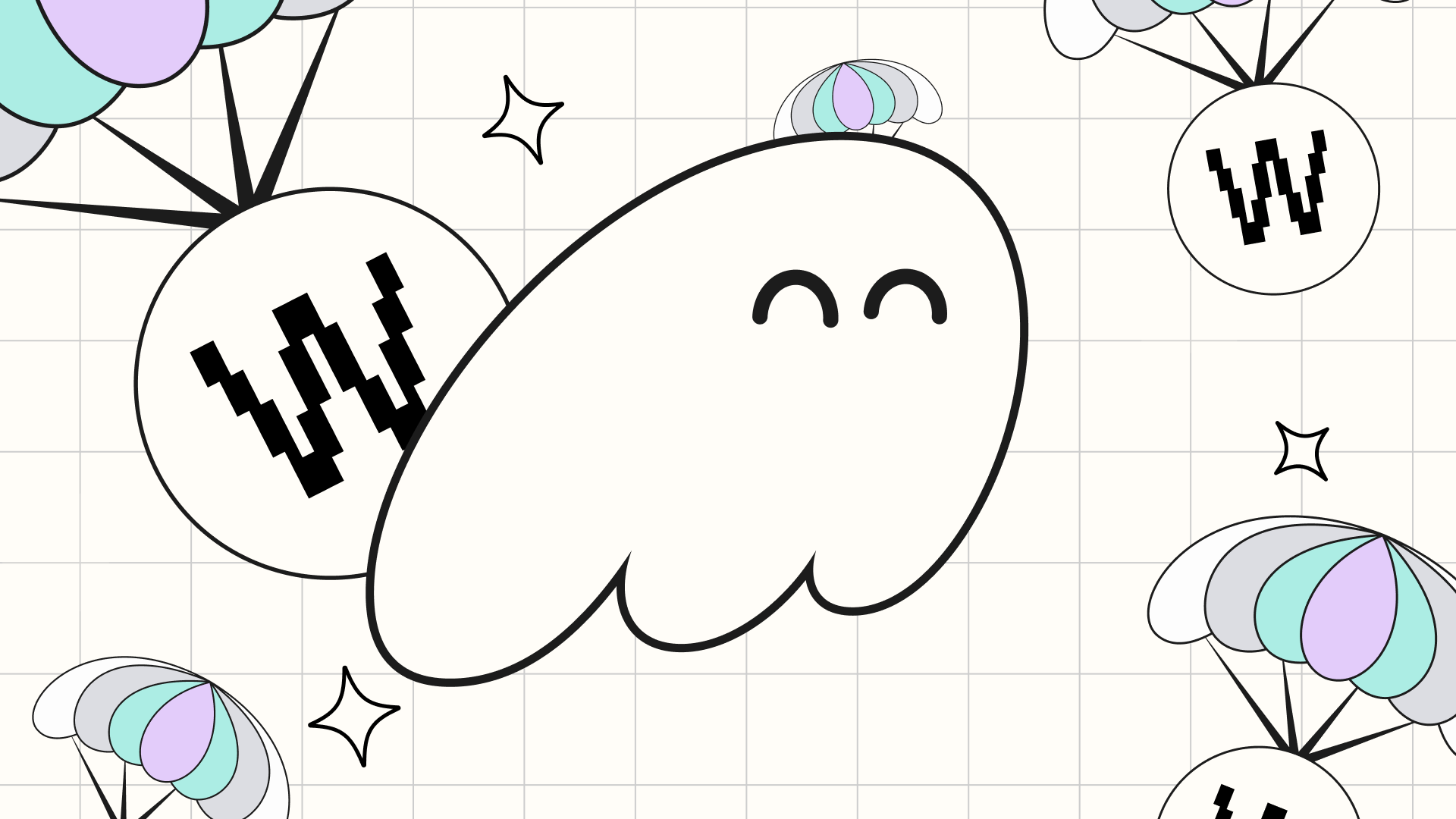Walrus is setting a new benchmark in decentralized storage.
Whether you’re an enterprise looking for scalable, secure storage or a developer eager to build next-gen crypto applications, Walrus offers a compelling, future-proof solution.
Curious how it works—and how to get involved in the $WAL airdrop? Dive in below!
Overview
- Project: Walrus
- Token ticker: $WAL
- Contract address (CA): 0x356a26eb9e012a68958082340d4c4116e7f55615cf27affcff209cf0ae544f59::wal::WAL
- Total supply: 5 billion
- Blockchain: Sui
- Sector: Decentralized infrastructure
- Business model: Decentralized data storage
- Competitors: Arweave & Filecoin
What does Walrus do?
In the rapidly evolving landscape of decentralized infrastructure, Walrus has emerged as a standout project addressing long standing challenges in onchain storage. While early networks such as Arweave and Filecoin helped lay the foundation for alternative data storage models, they have struggled with core issues around performance, cost, and flexibility.
Walrus steps into this space with a significantly more refined and capable solution, rooted in real-world usability and engineering rigor.
A key advantage of Walrus is its reduced storage load on individual nodes, allowing for faster retrieval and greater scalability. But even more crucial is the networks's ability to offer dramatically more cost-efficient storage than its predecessors. Mainly, this is achieved through the implementation of advanced erasure coding. These technical efficiencies aren’t hypothetical—early benchmarks indicate Walrus can deliver up to 80–100 times greater cost efficiency when handling large-scale data.
But Walrus isn’t just about reducing costs; it’s about rethinking what storage can do. Another compelling feature is programmability—which is largely absent in traditional decentralized storage systems. Where platforms such as Arweave and Filecoin treat storage as passive and unchangeable, Walrus transforms it into an active component of onchain logic. Through deep integration with the Sui blockchain, Walrus enables developers to interact with stored data directly via smart contracts. This opens up a new world of possibilities for dynamic, data-rich applications.
Another critical area where Walrus differentiates itself is in its approach to data mutability and management. Traditional decentralized networks pride themselves on immutability, often marketing it as a benefit. But for many real-world use cases—especially those in enterprise, healthcare, and finance—immutability can become a liability. Walrus, on the other hand, introduces controlled mutability without compromising core blockchain principles. Users can delete or update data while the transaction history remains fully immutable, ensuring both compliance and auditability.
What is the $WAL token?
The $WAL token is the native currency of the Walrus network and the foundation of its tokenomics. As such, it plays a central role in maintaining the economic balance between users and operators on the Walrus network.
Its core utilities include:
- Payment: Users pay for storage using $WAL. Pricing is fixed and prepaid, protecting users from volatility in either token price or storage costs over the life of their contract.
- Governance: $WAL holders can participate in governance decisions, such as adjusting network parameters. This ensures that node operators meet performance and reliability standards, helping maintain a healthy, secure network.
- Security: Through delegated staking, users can stake $WAL to contribute to the network’s security—even if they’re not running storage infrastructure themselves.
At mainnet launch, the total supply of $WAL tokens was capped at 5 billion. 10% of the overall $WAL supply will be allocated to the community, including 4% via NFT-based mechanisms.
How to qualify for the $WAL airdrop?
Active community members were rewarded with a soulbound NFT guaranteeing a future allocation of $WAL tokens. Each NFT contains a predetermined amount of $WAL, which can be claimed since mainnet launch.
As previously noted, 10% of the total $WAL supply is reserved for community distribution. Of that, 4% is dedicated to NFT holders via airdrop, while the remaining 6% will go to early contributors who engaged meaningfully with both the Walrus and Sui ecosystems.
When will the $WAL airdrop take place?
The claim site for Walrus NFT holders went live on March 27.
Verify your allocation securely by using official links from our banners, the Explore tab, or the official Walrus 𝕏 account.
⚠️ Beware: During airdrop season, scammers create imitation accounts to trick you into clicking phishing links and wallet drainers. Please exercise caution. Only click on, and visit, links from the official Walrus 𝕏 account, and do not respond to direct messages from unknown parties related to the $WAL airdrop—regardless if you're on 𝕏, Discord, Telegram, or other platforms.
How to trade $WAL with Phantom?
You need to hold SUI in your Phantom wallet to complete this process.
In case you’re not eligible for the $WAL airdrop, or you’d like to buy, sell, and/or trade $WAL tokens, we got you covered:
- Log in to your mobile app or browser extension
- Click the “Swap” tile and select the token (e.g. SUI or USDC) you’d like to use in the swap
- Next, click the drop down menu in the “You receive” section and paste “0x356a26eb9e012a68958082340d4c4116e7f55615cf27affcff209cf0ae544f59::wal::WAL” into the search bar
- After selecting the $WAL token, finalize your swap order and click “Review Order”
- You’ll be asked to agree to the terms of service
- If you agree, you’ll receive an order overview—click on “Swap” if you’re happy with it
- You’re all done!
How to share $WAL with friends and family
Know someone who might be interested in $WAL? You can share a simple token page with them so they can get involved.
Here's how:
- Open Phantom
- Search for “Walrus” and select the token
- Click the “Share” button
- Copy the link
- Send the link through your preferred app, such as iMessage, Telegram, Instagram, or others
When you share this link, it'll send the recipient an official $WAL token page from Phantom.
How to bridge tokens to Sui with Phantom?
If you’d like to bridge funds to Sui, use our very own Crosschain Swapper. With our Crosschain Swapper, you can bridge tokens across Sui, Solana, Ethereum, Base, and Polygon right in your Phantom wallet.
Disclaimer: This guide is strictly for educational purposes only and doesn’t constitute financial or legal advice or a solicitation to buy or sell any assets or to make any financial decisions. Please be careful and do your own research.







